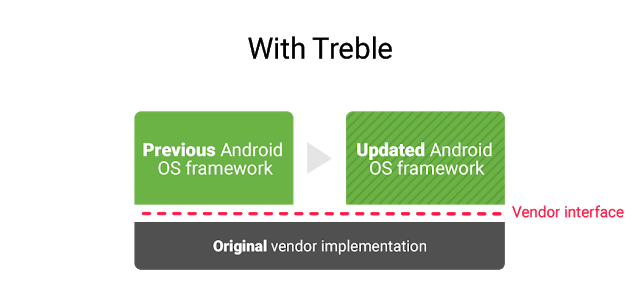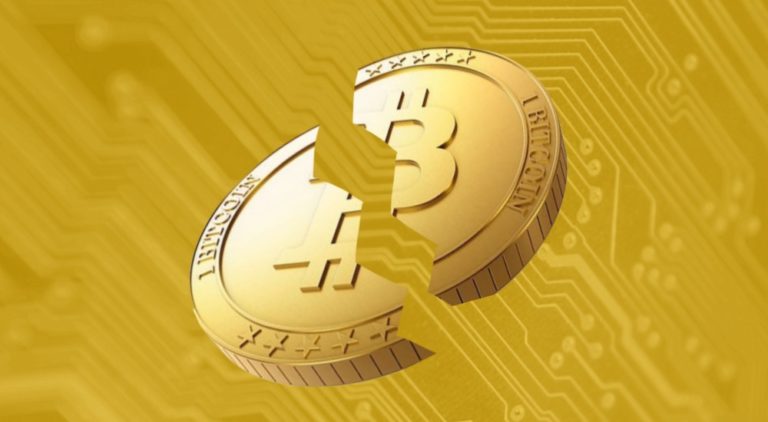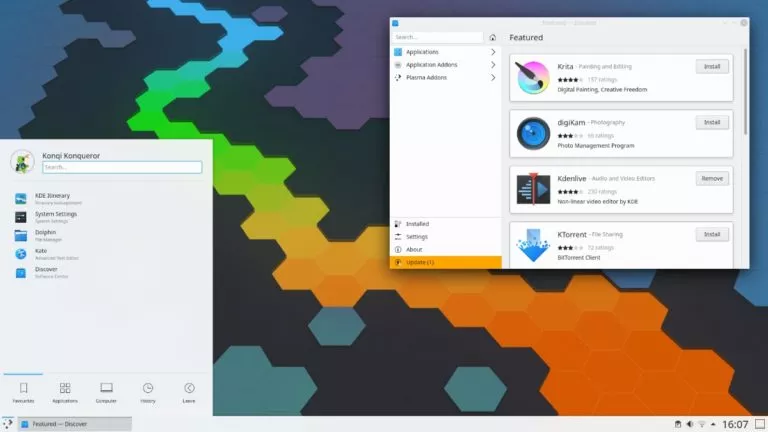Why Android Updates Take So Much Time? | Project Treble Explained
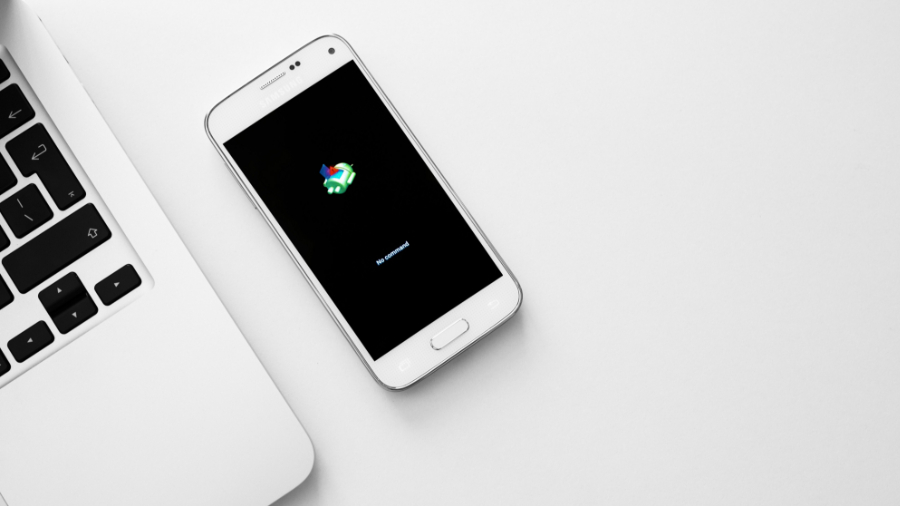
Sony says: “We always aim for the quickest possible upgrade rollout from the time Google makes its announcement to when it reaches your smartphone.”
Does this statement feel authentic to you? I mean how come Google Pixel devices have received the latest Android 9 Pie whereas other device owners are still speculating a release of September, October, November…..2019.
Delayed Android updates have plagued Android owners for more than a decade now. In fact, you will be surprised to know that Android Nougat is still the most used version of Android.
If you have ever held a mid-range Samsung device, you would exactly know where I am coming from. And for the record, it’s not just about who gets to have the first bite of Android Pie. More than that, it’s about device security. Slow security patch update leave Android devices vulnerable to prevailing hacks and malicious attacks.
Before we move on to “why”, let’s quickly understand “how” the Android version update process takes place —
Life of an Android Release

1. After announcing the official Android version, Google rolls out its open-source code on AOSP (Android Open Source Project).
2. Then it gets shipped off to chip manufacturers like Qualcomm, Samsung, MediaTek, etc., where the source code gets modified so that the latest Android version can boot on these chips.
3. Afterward, it goes to OEMs or simply smartphone manufacturers like Samsung, HTC, Huawei, Asus, OnePlus, and others. Device makers add all the additional stuff (bloatware) to make your device look unique.
4. From there, it goes to the testing teams. The customized Android version is given to test out all the features for days. In parallel, OEMs own testers and developers carry out some more testing
5. Then it’s time for some certification. The final version is tested out with carrier networks ensuring if WiFi, Bluetooth, and other connections are working according to the highest standards.
6. Finally, the Android version is released for the compatible devices with OTA update taking weeks to reach every corner of the world.
Once Google rolls out the latest Android version source code on the AOSP, many developers use it to build there own Android version i.e Custom ROM’s.
It appears to me that Google is timely putting out updates, however, it takes ages for them to arrive at our doorstep.
Why Android updates take so long?
Before we solve this puzzle, let me clear off a few things –
Contrary to common belief, Google isn’t completely responsible for non-consistent Android update. In fact, the top-most manufacturers are sent PDK (Platform development toolkit), letting OEMs update their software, ahead of the public release.
Matter of fact is our device makers are to blame for the update chaos. In other words, the update train derails on the third step of our life of an Android release.
1. Custom UI
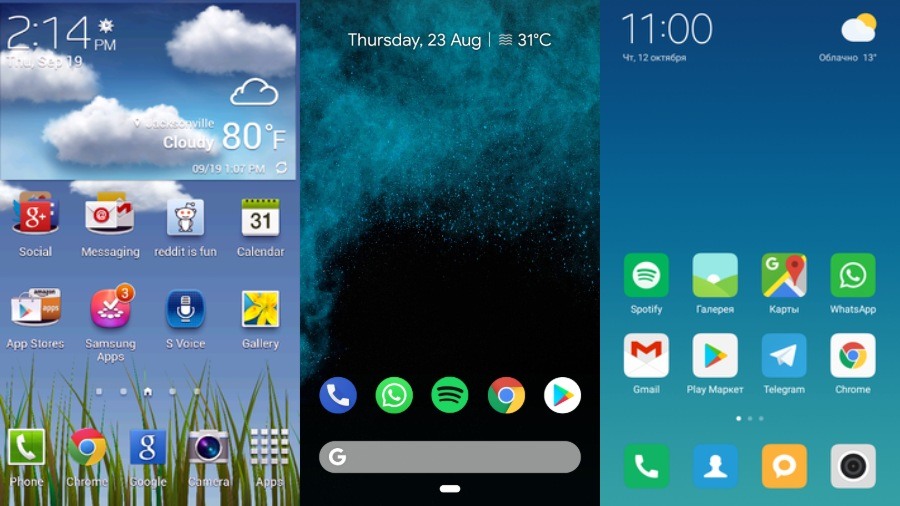
Custom UI is an Android overlay which device manufacturers add over the stock Android version. For instance, Samsung TouchWiz, Xiaomi MIUI, Huawei EMUI, OnePlus Oxygen OS, etc.
The customized UI includes skins, icons, extra features, apps, added support and much more. While some incline towards the customized UI, others find it useless and degrading the Android experience, calling the manufacturer apps “bloatware.”
Nevertheless, building a new UI takes up a lot of time.
2. Multiple devices with different needs
Unlike Google Pixel, device makers have an unlimited number of eligible phones in the cue of getting an Android update. Not to mention, the massive scale of people using it.
3. Upgrade to our new handset
Sometimes manufacturers try to find an easy way out. For instance, if they are releasing out a new phone, they’ll throw in subtle cues to upgrade to their new device — for example, intriguing exchange offers, and exclusive discounts.
4. Insufficient funds
If the device hasn’t played out well in the sales or made profits by a huge margin, manufacturers are likely to kill off the update procedure since updating millions of devices requires a lot of money.
Of course, I won’t deny the situation has improved in recent times (at least for some devices). Like Google parallel projects Android One and Android Go which aim to give pure stock Android on supported devices. And our messiah “Project Treble.”
What is Project Treble?
Project Treble has re-architectured the whole Android source code. As a result, boosting up the long process of Android update by months.
Now, the Android OS (the framework) comes separated from Hardware Abstraction Layer (HAL, see fig. 1) which earlier arrived integrated with every new version.
Project Treble aims to remove the second step from our Life of an Android Release, i.e., directly shipping the update to OEM’s, thus saving time.
From Android 8.0, HALs are moved to a different system partition so that OEMs can do necessary updates without waiting for hardware people to come up with updated HALs.
In a nutshell, you will receive update much faster than ever.
List of Project Treble supported devices –
- Google Pixel
- Google Pixel XL
- Huawei Mate 9
- Huawei Mate 9 Pro
- Huawei Mate 10 Lite/Honor 9i
- Huawei Nova 2
- Honor 7X
- Honor 8
- Honor 8 Lite/Huawei P8 Lite 2017
- Honor 8 Pro
- Honor 9
- Huawei P10
- Huawei P10 Lite
- Huawei P10 Plus
- OnePlus 5
- OnePlus 5T
- Xiaomi Mi Box
- Xiaomi Redmi Note 5 Pro
- Essential Phone
- Razer Phone
With the aid of Project and other Android projects, most Android 9 Pie eligible devices are receiving the update by this fall.
Also Read: Android P Gesture Navigation Explained: Best Android P Features


